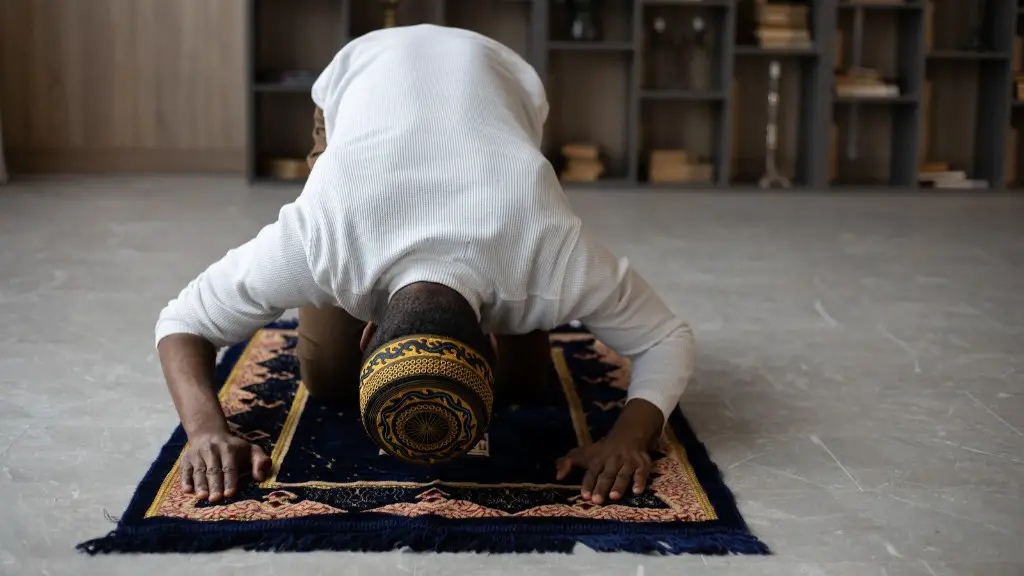What Is The Caste System?
The caste system is an ancient Indian hierarchical social structure that assigns Hindu religion individuals to different castes. The castes include Brahmins, Kshatriyas, Vaishyas, Shudras, and Adivasis (also known as Scheduled Tribes). Each caste is assigned a specific job within its group, and an individual’s occupation is often determined by their caste. The caste system is based in the Hindu Scriptures, and its principles are deeply entrenched in Indian society. Although the system does not have legal status, it is still widely practiced throughout the Indian subcontinent. Despite the presence of laws and legislation to abolish the practice, the caste system continues to remain a part of Hinduism and Indian culture.
How Does The Caste System Function?
The caste system is highly stratified and divided on the basis of occupation, purity and education. Those from higher castes are traditionally considered to be of higher status, while those from lower castes are considered to be of a lower status. There is a strict hierarchy within the system and individuals with lower status tend to have fewer rights and restrictions, especially in regards to marriage. The system works by assigning an individual’s place in society based on his or her place in the caste hierarchy. This in turn defines an individual’s access to resources and opportunities.
Does The Caste System Still Exist In India?
Although the caste system has been officially abolished in India, it is still widely practiced and has been linked to discrimination and prejudice in Indian society. Practices like untouchability, where lower castes are treated as “polluted”, still exist in certain areas. There is still a social hierarchy based on caste in modern India and discrimination based on caste and religion continues to be a problem. Despite this, the situation has improved over the last few decades, with the Indian government taking steps to reduce discrimination and empower lower castes.
Impact of Caste System On Hinduism
The caste system has had a profound impact on Hinduism. Its traditions and beliefs still influence many aspects of Hinduism, from religious ceremonies and rituals to village life. The caste system has also influenced the structure of Hinduism and its schools of thought, as it is traditionally divided into four main divisions Varna, or castes. These divisions shape the way Hinduism is practiced and how Hindus interact with each other.
What Is the Relevance of the Caste System in Today’s World?
The caste system continues to have an impact in India and Hinduism, though it has been greatly weakened by law and government policies. Its vestiges remain in modern Hinduism and the Indian psyche, and it is still used as a tool of discrimination and oppression. While the caste system was originally conceived as a way to ensure social order, it has become a hindrance to progress and a barrier to equality and justice. For this reason, the caste system is still a major problem in modern India.
What Steps Are Being Taken to Address the Issue?
The Indian government has taken several steps to reduce discrimination and inequality, such as the implementation of the reservation system, which provides quotas for lower castes in education and government jobs. Various social and economic initiatives have also been implemented to empower lower castes, such as the Mahatma Gandhi National Rural Employment Guarantee Scheme. The government has also taken steps to raise awareness and understanding of the caste system and its consequences, including outreach campaigns and laws that prohibit discrimination.
How Does The Caste System Affect The People Of India?
The caste system has a significant impact on the people of India. It has been linked to higher levels of poverty, gender inequality and violence, especially towards women and members of lower castes. It has also been strongly associated with mental health problems, such as depression and suicidal ideation. Additionally, it has been linked to low self-esteem and a lack of upward social mobility. This has made it difficult for lower castes to access education, leading to a lack of job opportunities and higher levels of unemployment.
What Is Being Done To End Discrimination?
Various initiatives are being undertaken to reduce discrimination and empower lower castes. These include targeted government welfare schemes, non-governmental organizations, affirmative action policies, and national campaigns to raise awareness of the caste system and its consequences. Additionally, several organizations are taking steps to address discrimination, such as the National Campaign for Dalit Human Rights and the All India Dalit Mahila Sangh.
Conclusion
The caste system is an ancient hierarchical social system that has had a lasting impact on Hinduism and Indian society. Although it has been officially abolished in India, its vestiges remain and it is still widely practiced. To reduce discrimination and empower lower castes, the Indian government has taken steps to improve the situation, such as the implementation of the reservation system, various social and economic initiatives, and outreach campaigns.
